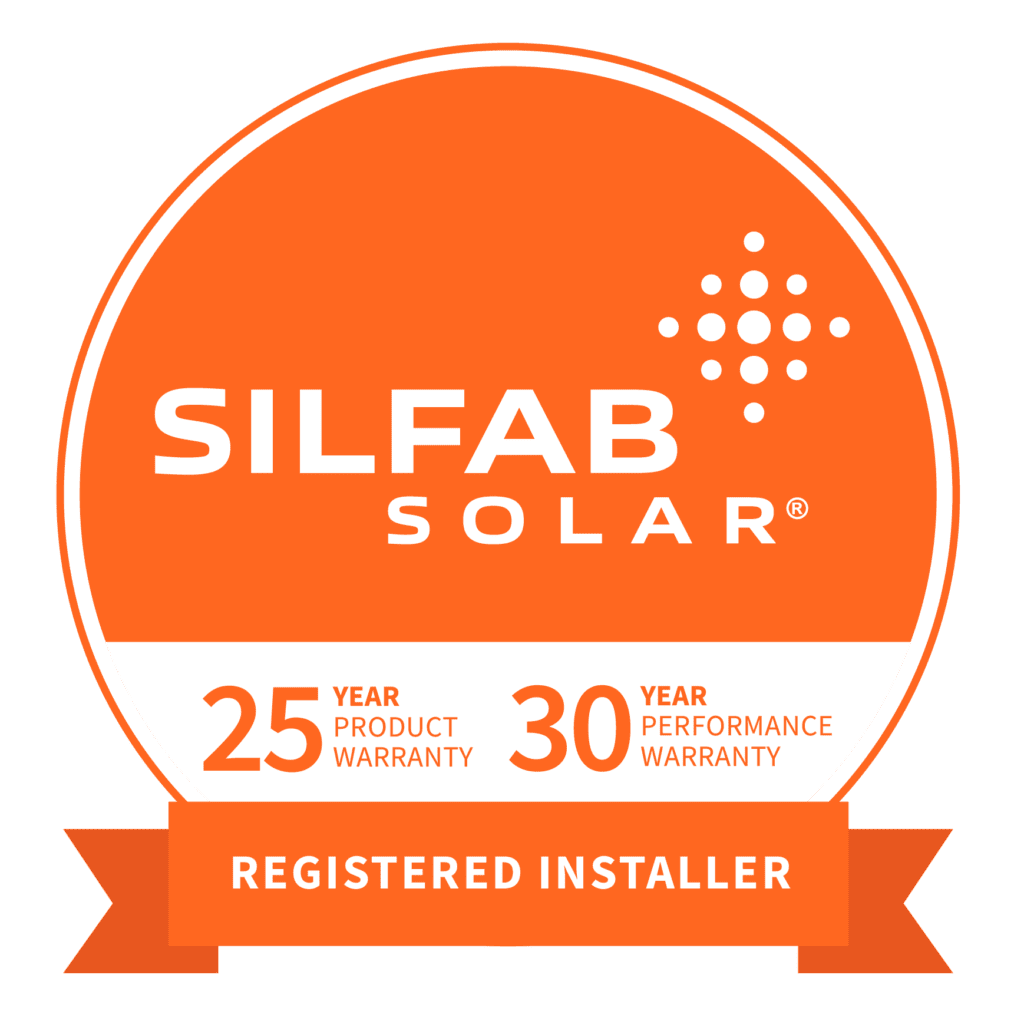What To Do With Excess Solar Power
The sun, an abundant and renewable resource harnessing solar power, has become a beacon of sustainable energy. But what happens when the sun’s generosity exceeds our immediate needs? Explore the possibilities with Ethical Energy Solar, where expertise meets innovation. As leaders in the renewable energy landscape, we navigate the uncharted territory of surplus solar power.
You will learn about the secrets of responsible energy management and explore the exciting avenues that emerge when the sun’s bounty outshines our expectations. Get ready to harness the power of excess sunlight.
First, Check With Your State and Utility Company for Eligibility
Different regions have varying regulations and policies regarding the sale of surplus solar power. Understanding the specific guidelines in your area ensures compliance with local regulations and allows you to take full advantage of any available incentives or compensation programs.
By initiating this preliminary step, you lay the foundation for a seamless integration of your excess solar energy into the grid, optimizing both environmental impact and potential financial gains.
Three Options to Sell Excess Power to the Grid
Net Metering
Net metering is a popular option for homeowners with excess solar power. With this system, the surplus electricity your solar panels generate is fed back into the grid. Your utility company then credits your account for the excess energy, spinning your meter backward.
This credited energy can be used when your solar panels are less productive, such as during nighttime or cloudy days. Net metering provides a straightforward way to offset your electricity costs and sometimes earn compensation for the surplus energy you contribute to the grid.
Net Purchase And Sale
In certain regions, utilities offer a net purchase and sale arrangement. With this option, when you generate more power than you consume, the excess is sold back to the grid at a predetermined rate.
Conversely, when your energy production falls short, you can purchase additional electricity from the grid. This two-way transaction allows for a more dynamic relationship with your utility provider, providing both financial benefits and reliable energy.
Solar Renewable Energy Certificates (SRECs)
SRECs offer a market-based approach to monetizing excess solar power. For every megawatt-hour of solar electricity generated, you earn a certificate that can be sold on the market.
Companies seeking to meet renewable energy requirements may purchase these certificates to offset their carbon footprint. SRECs provide a unique avenue for direct financial compensation, allowing you to leverage the environmental value of your solar energy production in a broader marketplace.
Benefits of Selling Solar Power Back To The Grid
Financial Incentives: Selling solar power back to the grid allows you to earn credits or direct payments, providing a financial return on your solar investment.
Reduced Energy Costs: Offset your electricity bills by harnessing the value of excess solar energy, leading to long-term savings.
Grid Stability: By feeding surplus power into the grid, you enhance its stability and reliability, contributing to a more resilient energy infrastructure.
Community Contribution: Selling solar power back to the grid supports local energy networks and promotes sustainable practices within your community.
Solar Battery Storage And Grid Interconnection
Solar battery storage and grid interconnection form a symbiotic relationship, optimizing renewable energy utilization. Using solar panel system with a battery stores excess energy for later use or is seamlessly fed back into the grid.
This integrated approach enhances energy efficiency, reduces reliance on non-renewable energy sources, and contributes to a more resilient and sustainable energy infrastructure.
What you need to add power back to the grid:
Ensure you have robust power conditioning equipment for optimal energy conversion.
Invest in accurate instrumentation and metering to monitor and report your energy contributions.
Don’t forget to budget for permitting fees, which are vital for regulatory compliance and facilitating a smooth grid interconnection process.
Earn More Selling Power Back to the Grid
Conclusively, a golden opportunity awaits: capitalize on your surplus energy by selling it back to the grid. It’s not just environmentally sound; it’s a financial win.
Unleash the potential of your solar investment and turn idle energy into extra income. You will be embracing a future where sustainability meets profitability. Take the reins of change, contribute to the grid, and let your excess solar power become a beacon for a brighter, more sustainable tomorrow.
Don’t just harness the sun; let it power both your home and your financial aspirations. The future is bright; make it yours.
FAQs
Yes, you can sell power from your solar system to generate income through a process known as net metering. When your solar panels produce more electricity than your home consumes, the excess energy is sent back to the grid. In many regions, utility companies offer compensation for this excess electricity, effectively allowing solar customers to earn income from their solar energy systems.
The income generated by selling back power to the grid varies based on locations, local energy policies, and the size of solar systems’ installation. Generally, the compensation is provided as credits on your electricity bill or direct payments. While the exact amount fluctuates, it can significantly offset your overall energy costs, potentially resulting in substantial savings over time.
Net metering allows you to offset the cost of your electricity bill by crediting you for the excess energy your solar panels produce. When your solar energy system generates more electricity than your home consumes, the surplus is fed back into the grid, and you receive credits that reduce your overall electricity expenses.
To maximize savings with net metering, optimize the size of your solar installation to match your energy consumption patterns. Also, energy-efficient practices within your home, such as using energy-saving appliances and minimizing unnecessary power usage during peak hours, can further enhance your overall savings. This translates into the excess energy available for sale back to the grid.


